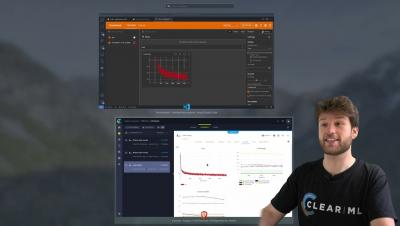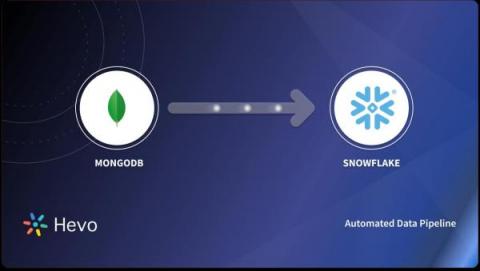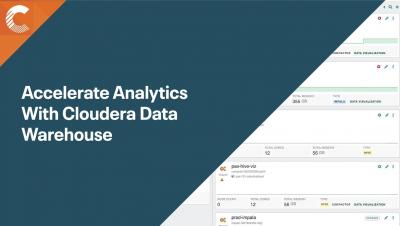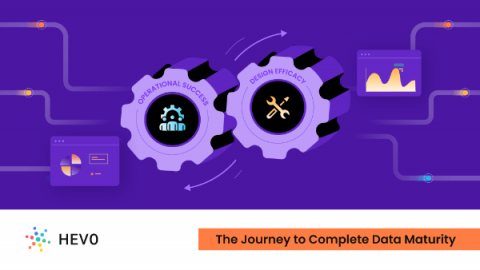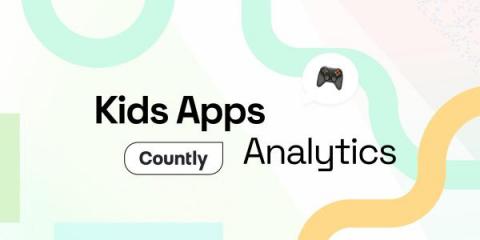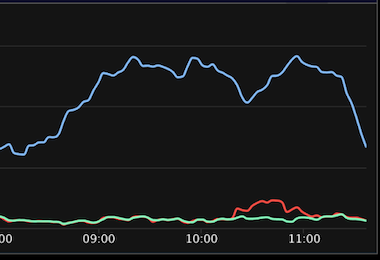Analytics
How to Efficiently Migrate Data from MongoDB to Snowflake?
7 Fascinating Applications of Python: From Web Development to Data Science
Without a doubt, Python stands out as one of the most sought-after and adaptable programming languages across the globe. In fact, some of the largest tech companies on the planet use Python, including Google, Facebook and Amazon. Python has been the go-to programming language for many developers, data scientists and researchers due to its ease of use, readability and robustness. But what exactly can Python do?
Product thinking for data teams
To get the most out of data centralization and democratization, treat data assets like products.
How Product Analytics Differs From Embedded Analytics and Why You Need Both
The digital revolution has sparked a wave of innovation as companies strive to meet consumers where they spend the most time — on web and mobile devices. To keep up with the demands that digital innovations place upon product markets, businesses are increasingly incorporating analytics into their products.
Containerized Deployments for Business Intelligence
Can containerized deployments help your business? Are your customers’ data applications held back by basic, outdated dashboards and reports? Well, they’re not alone. As the digitization wave crashes over a post-pandemic market, many organizations are taking stock of their data tools and finding them lacking in comparison to other more modern solutions available. Gone are the days when simple self-service analytics would suffice for their users.
Accelerate analytics with Cloudera Data Warehouse
Data Maturity Models: Why Having Capabilities in Place Isn't Enough
Data Privacy for Kids Apps: What Parents and Developers Need to Know
Do you ever notice how children have become more glued to gadgets than any generation before? Being highly exposed to digital experiences, including educational and entertainment applications comes with the need for more privacy protection for children's personal information.
Why Do Game Analytics Matter?
Analyzing gameplay metrics and log data is an essential part of the gaming industry, as it provides developers and publishers with valuable insights into how players interact with their games. Throughout this article, we will outline how analytics, observability, and reporting can aid you in improving your performance whether you are a games developer or a gaming enthusiast.

